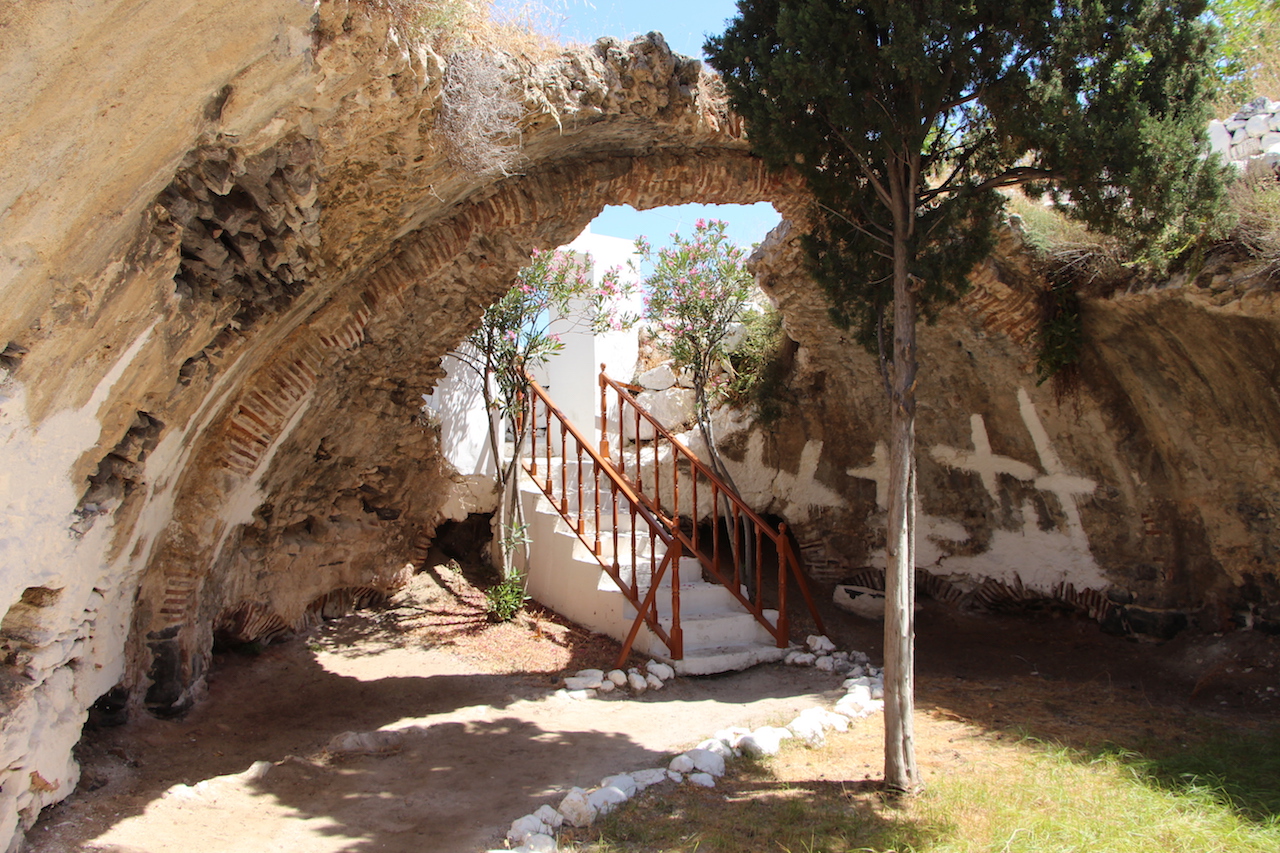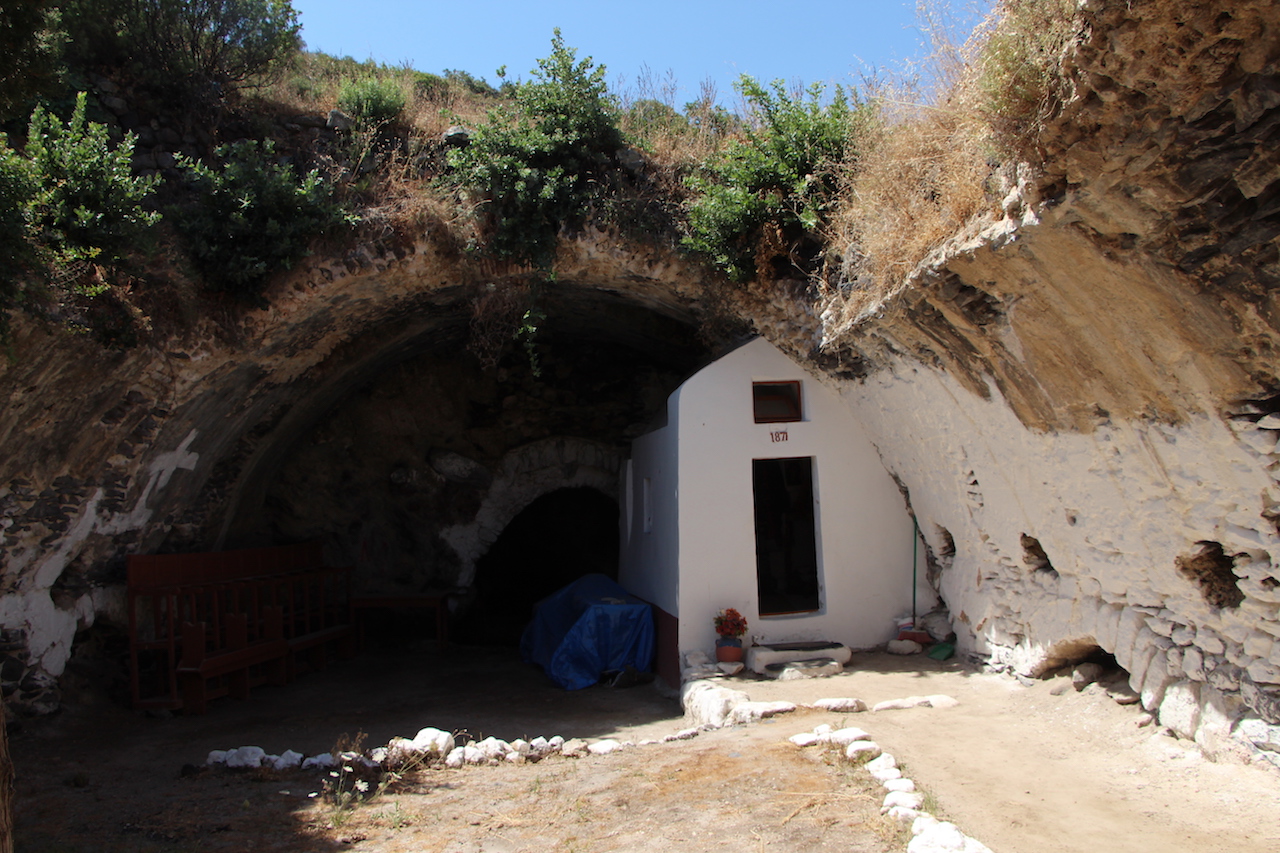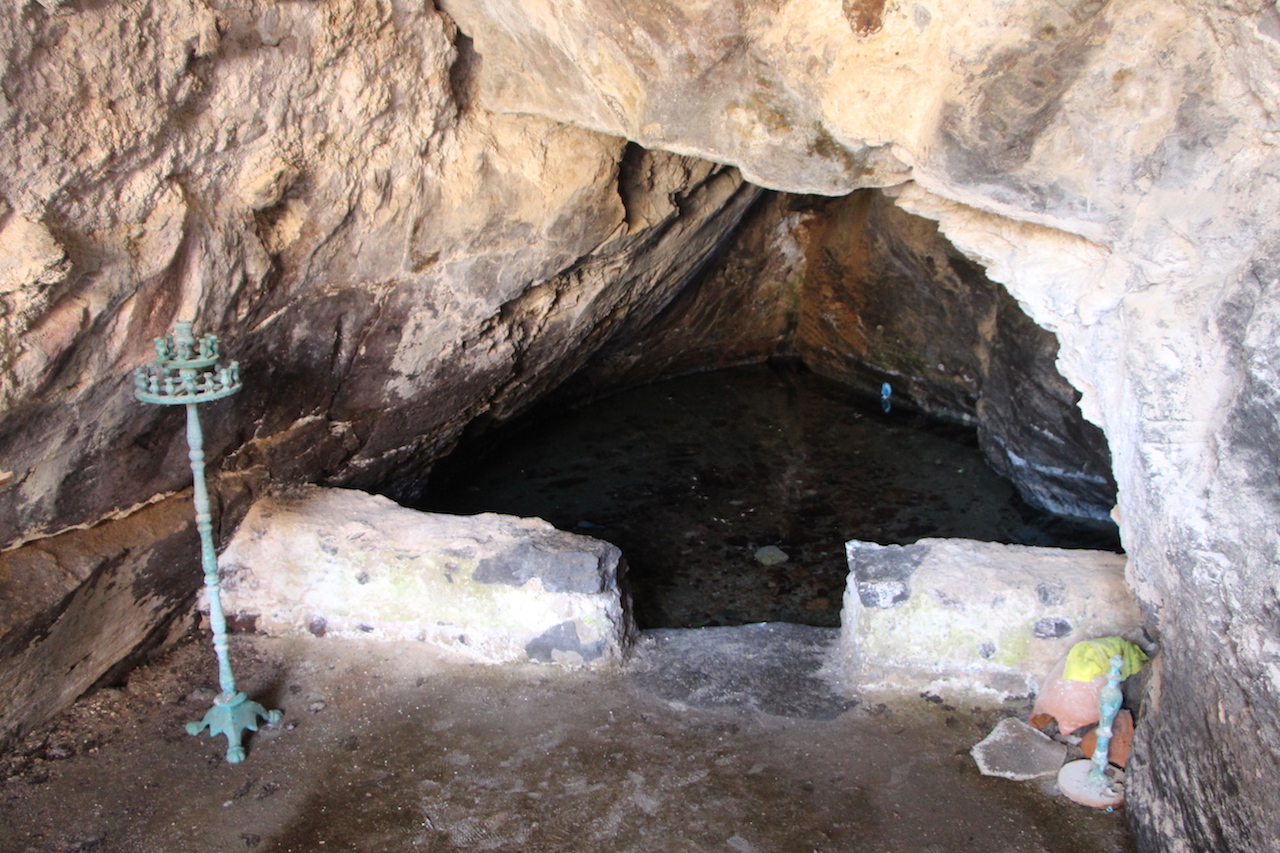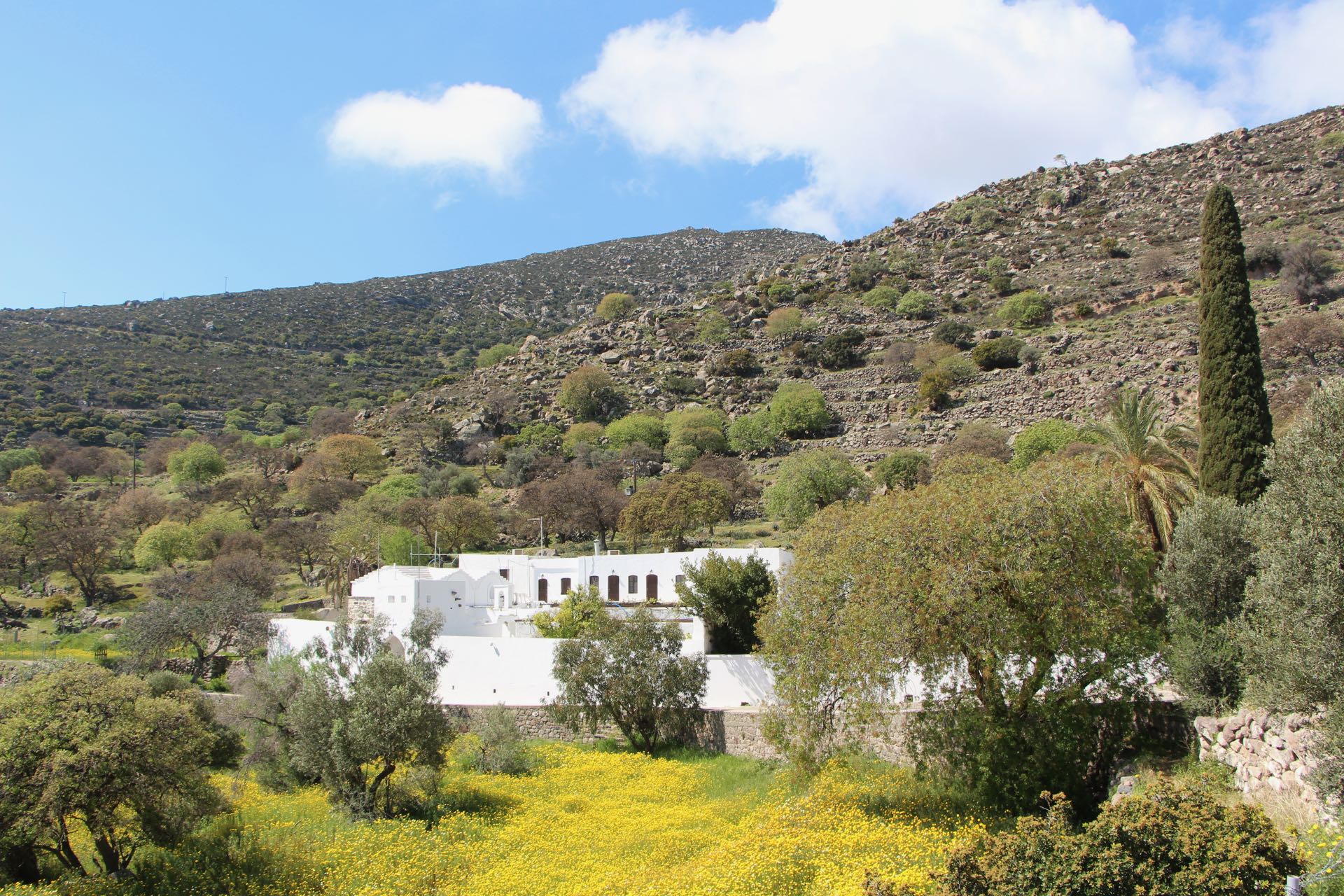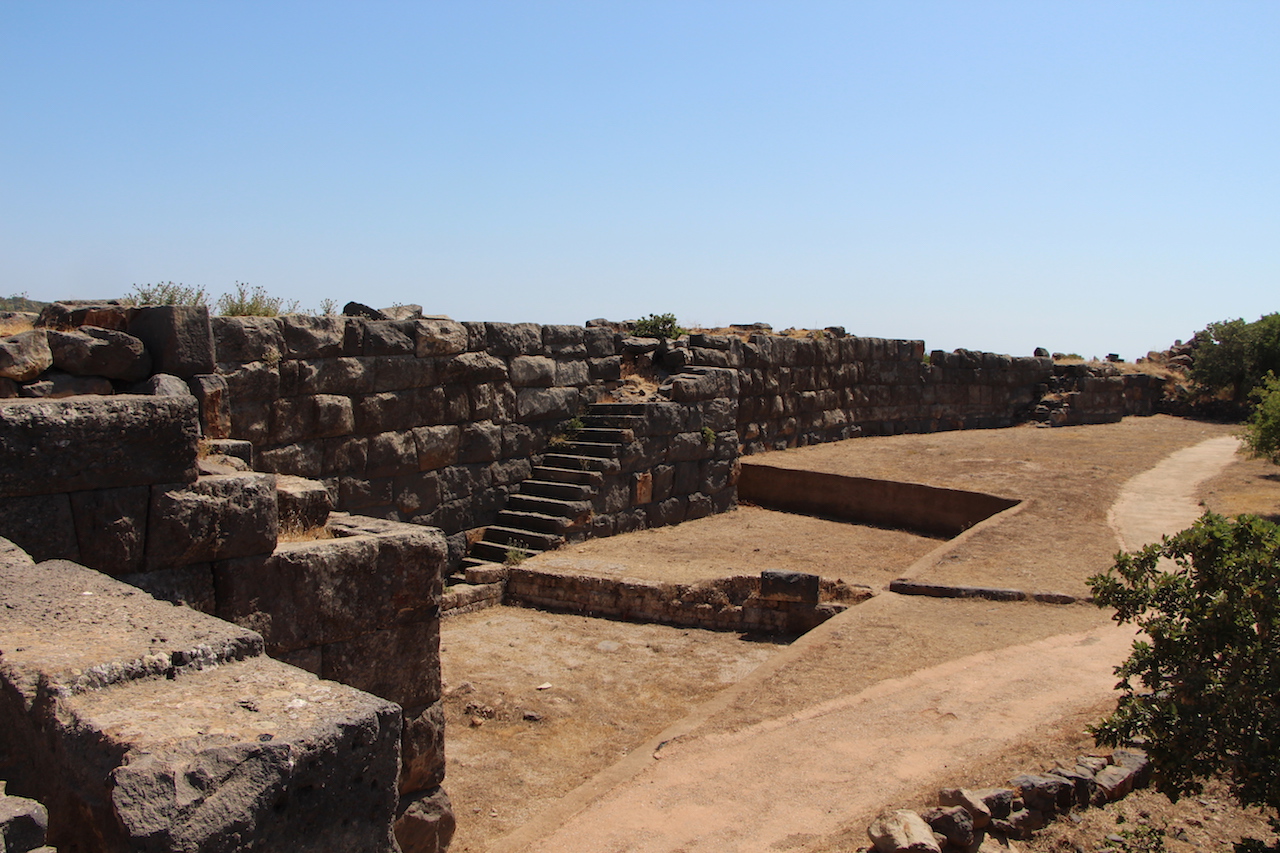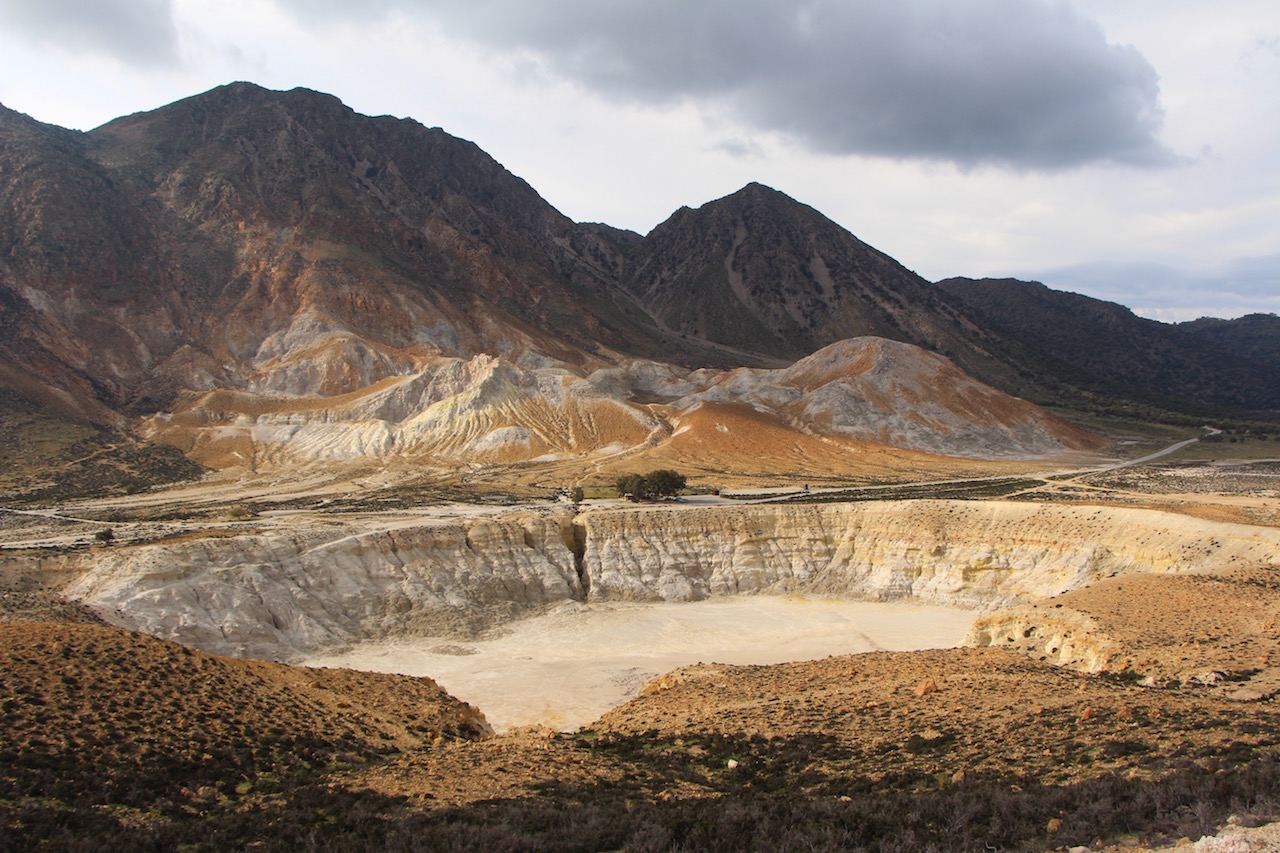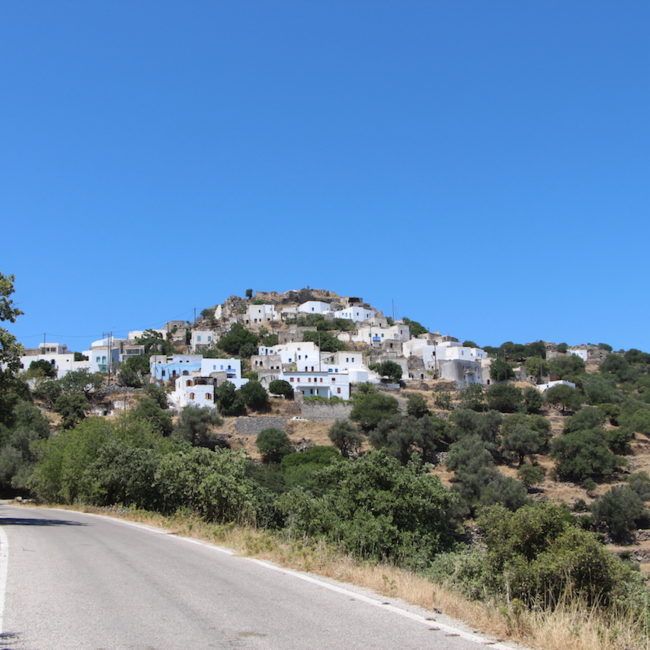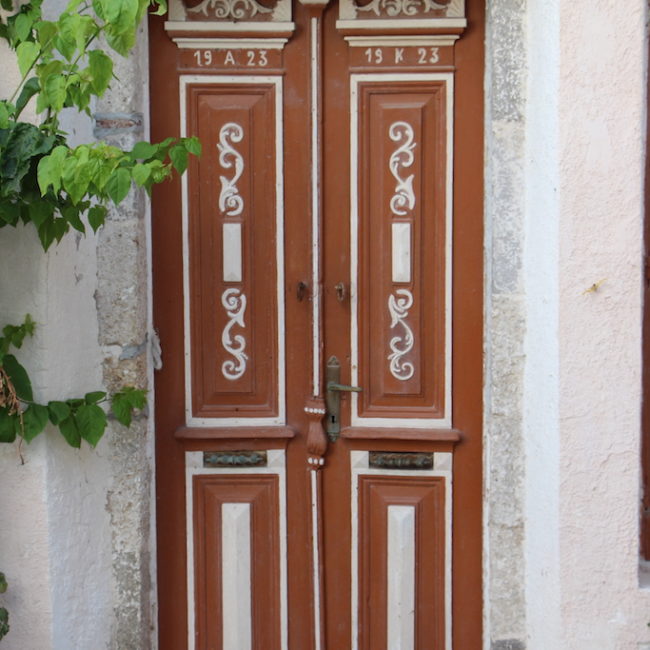This little church is dedicated to the Virgin Thermiani and is situated near the village of Pali just behind the now abandoned Hippocratic Spa built by doctor P. Pantelidis. It is built in front of a Thermal spring and within the Ancient Roman Bath building. Initially, a clinic was said to have been built there by Hippocrates in order to exploit the therapeutic properties of the spring.





